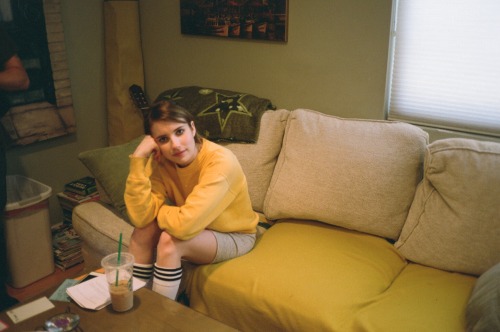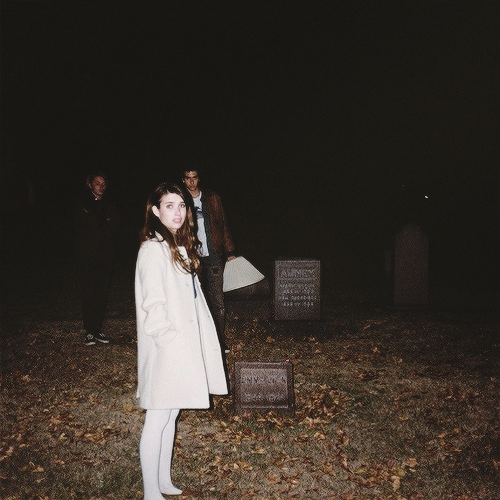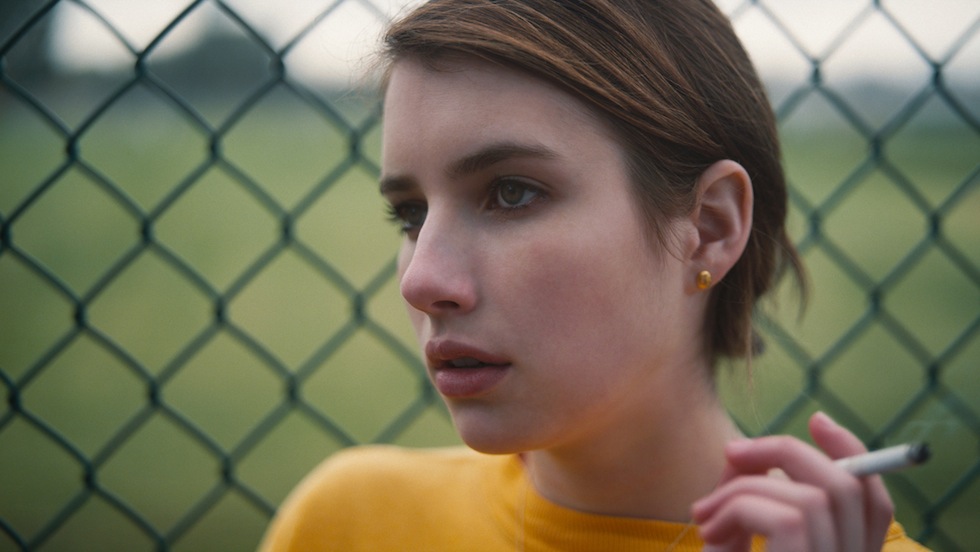
Thinking of iconic teenage films, my mind jumps straight to 80’s era John Hughes and the usual suspects like Clueless and Mean Girls. While these are fine films that have helped generations of teenagers find humour, perspective and love during the time of their adolescent high school misfortunes, one notable common denominator across all these classics is a dependence on teenage stereotype. While the inclusion of the stoner, the jock, the geek, and every other character at Saturday detention in The Breakfast Club makes for interesting dramatic flair and appeals to all high school audiences, characters can often feel plain and superficial.
Take this same principal and apply it to iconic teenage television shows however, and my mind jumps to My So-Called Life and Freaks & Geeks. Both shows only ran for one season each, but the characters were so different and weird that they were, for once, actually recognisable and real. Teenagers are stupid and irrational and (in the words of Tavi Gevinson) still trying to figure things out. Like other independent teen films that are emerging (namely Eliza Hittman’s It Felt Like Love and Andrea Arnold’s Fish Tank), that’s exactly what Gia Coppola captures in the characters of her refreshing debut Palo Alto.
Based on the collection of short stories by James Franco (who also stars), Gia Coppola skilfully directs a story that follows a number of teenagers trying to define their identities. The basic premise doesn’t sound entirely original, but the execution is certainly a spectacle despite the often-shaky screenplay.
The struggles of these characters caught between childhood and adulthood are frequently made clear by Coppola, who cuts to shots of teddy bears while characters are having sex, and shows the ‘crazy bands’ around a girls arm while she’s performing fellatio. It’s an interesting effect, but doesn’t feel entirely original.
In fact, it feels as if Coppola takes inspiration from numerous sources and amalgamates them into this final film. You’ll find frequent musical interludes in the style of Wong Kar Wai, cutaways to environmental establishing shots in the style of Yasujiro Ozu, the seamless drift between characters in the style of Larry Clark, and most predominately, the focus on loneliness in the style of her aunt, Sofia Coppola (The Virgin Suicides, Lost in Translation).
Gia makes numerous nods to her aunt in the film: April (Emma Roberts) has a poster of Virgin Suicides in her room, and there’s the trademark Sofia Coppola shot where the solitary protagonist gazes out a window.
You can’t blame Coppola for taking inspiration from all these places, because that’s how most artists find their footing: by imitating the work of other artists they love. She even makes this comment herself in the film, noting that Picasso had to ‘master the masters’ before he could be the unique Picasso. That’s what it feels like Gia Coppola’s doing here; skilfully making a film that’s a combination of all the cinematic styles she loves.
The performances from the principal characters are pretty good too. James Franco comes off as charming rather than a creep, and Emma Roberts is pensive rather than sentimental. However, other actors with less experience seem to struggle a bit, giving some dramatic scenes unintentional comedy. Given this is Gia Coppola’s first time directing, she can be forgiven for struggling with a couple of unseasoned actors.
Perhaps the major success of the film apart from the intricate characterisation is the soundtrack, featuring music by everyone’s favourite goofball Mac DeMarco and Die Antwoord. Their songs feel appropriately placed, but the triumph probably comes from Dev Hynes (aka Blood Orange) who composes a captivating score that embodies the psychology of the characters. Coppola isn’t afraid to use the same song twice, and it helps establish consistency throughout the drifting narrative.
Perhaps the biggest misstep for the film is the clunky dialogue that often comes off as soapy and superficial, which is really a shame because the characters are anything but soapy and superficial. The awkward dialogue is only occasional though, and there are some hilarious snippets of conversation from random characters.
Cinematographer Autumn Durald really flourishes here, capturing the appeal of this foggy eponymous town with his wide-angle lens. Similarly, Coppola’s slow montages to Hynes’ tracks make for great pacing and leave time for the audience to reflect. There’s a scene during the third act between Franco and Roberts that feels like a mesmerising symphony, and is one of the best sequences in an arthouse film this year.
Ultimately, the complex characterisation, the masterful use of music and montages, the gorgeous cinematography and interesting intertextuality far outweigh the occasionally awkward acting and clunky dialogue. Like one of the elderly characters advises in the film, ‘always have faith in your God given talents’, and it’s clear that Gia Coppola does just that with Palo Alto. A-
Palo Alto plays at the Australian Centre of the Moving Image (ACMI) until the 22nd of June. Keep scrolling for production stills from the film.














Nice write up James!!!
Comments are closed.